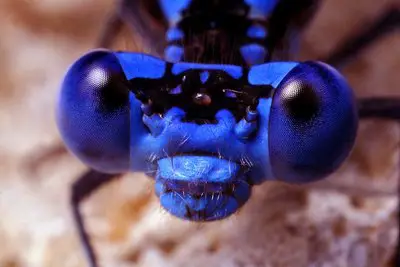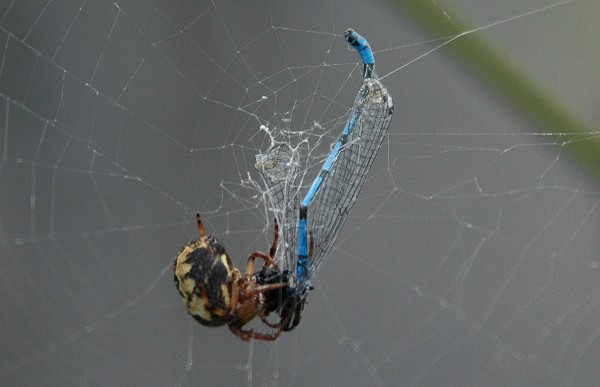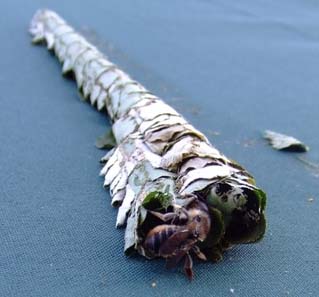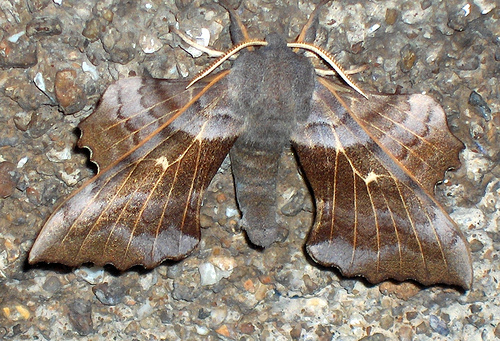Blue Damsefly
The Blue Damselfly is a beautiful yet fragile bug, with body made of multiple segments. Despite their beauty, Damselflies are extremely voracious predators. This animal is widespread and very common near most still water basins in Europe, the temperate climate area in Asia, as well as a part of North America.
The bug itself has an elongated body, reaching 24-28 mm in length, with a wingspan of more than 35 mm. The eyes are very large and located on the sides of the head, for better food finding. As the name suggests, the Blue Damselfly is indeed coloured blue, a few black spots along the body. Study shows that this animal has looked like this for millions of years and practically has not changed.
Blue Damselflies are very common in large numbers near slow flowing waters, overgrown lakes or ponds. They spend most of their lives between the various water plants, where the mature individuals always find enough food, while the females can also find appropriate places for laying eggs. Although the Damselfly has three pairs of legs, they’re not suited for walking, which is why the bug can only fly and not walk. The Blue Damselfly can be observed from early spring to fall.
The development cycle of this animal consists of two stages – the nymph stage when the animal lives underwater and the mature individual life when the bug lives in the air. Nymphs live only in the water and grow quickly, feeding on water organisms. Before becoming a mature individual, the nymph drops the skin about ten times. Upon starting to live in the air, the Damselfly starts looking for a mating partner. After copulation, the female lays eggs on the leaves of water plants. In warmer regions, the Damselflies can mate even three times a year, while in colder areas, the nymph’s development can take up to two years.
Grown individuals have three pairs of legs that are perfectly suited for catching a variety of flies and insects. The Damselfly flies into a swarm of mosquitoes or other bugs and catches prey with the legs, afterward ripping it apart with the strong jaws. They will often fly over plants and pick up larvae and worms. Nymphs, however, prefer a more ambush-like attack. They wait at the bottom of the water basin for a possible prey and then shoot out a specially developed hook-like overgrowth which is located under its head.
Because of their lack of agility, Blue Damselflies often become prey to other Damselflies, birds or any other insect eaters. Also, upon just developing into mature individual state, these bugs are completely unprotected and many of them become a meal to fish or birds. As for human encroachment, these bugs do not seem to be affected as severely as other species of animal. The biggest threat probably is the destruction of the Damselfly’s natural habitat and pollution of rivers and lakes, but currently their population remains stable all around the world.





awwwwwww the blue color is so COOOOOOOOOOOOLLLLLLLLLLL and i think it goes good with the damselfly yyyyyyaaaaaaaaa(god how many times will she blow up?sigh blows up b cuz she got 2 exicied)